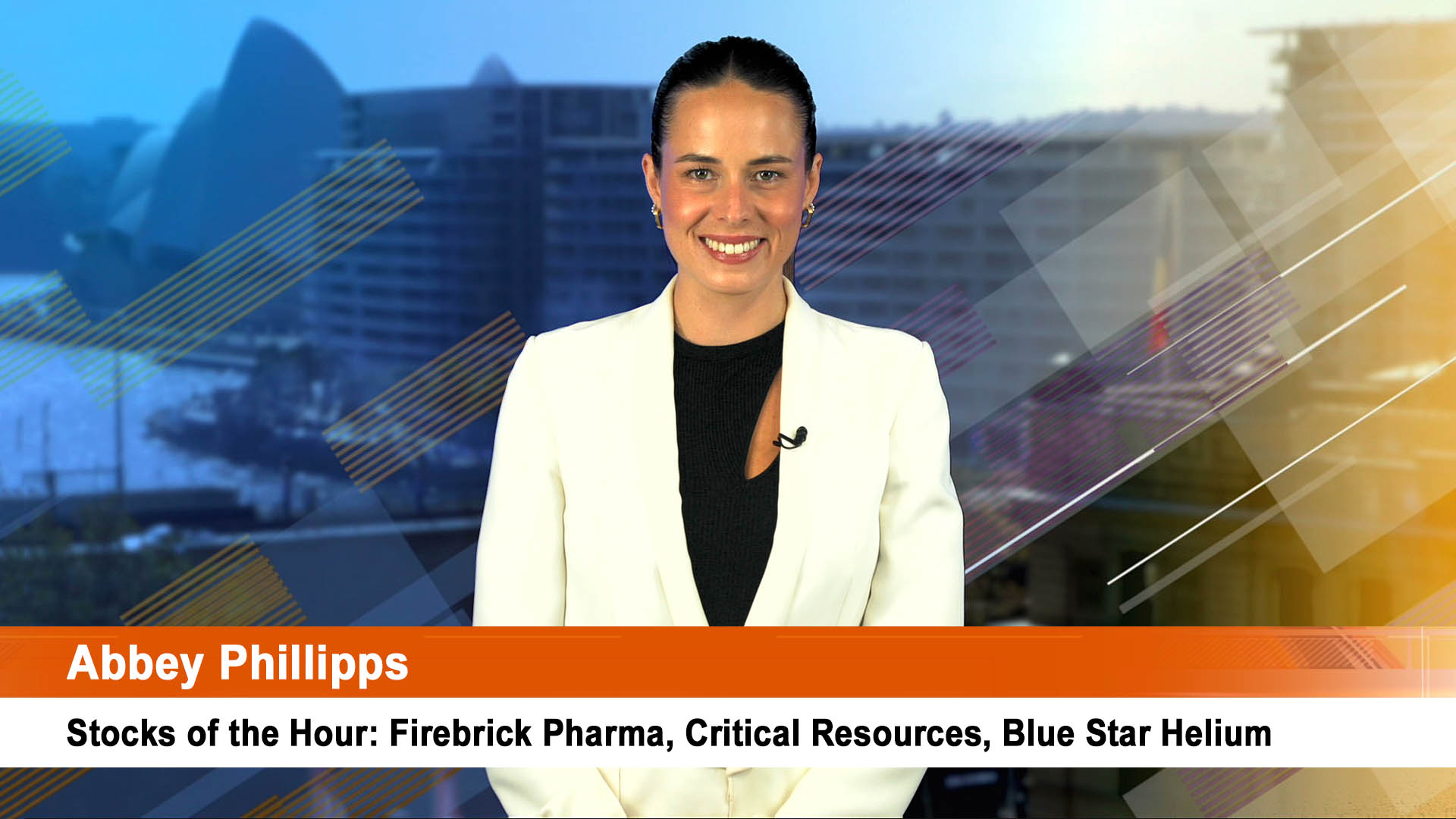The size of the profits and the level of dividends will be the key area of interest for three of the country’s biggest banks when they release their 2018-19 first-half results this week.
The ANZ releases its interim figures tomorrow followed by the NAB on Thursday and Macquarie on Friday (a full year report).
Getting a handle on how the profits of the big two will go (we know Macquarie will report a record result for 2018-19 and we can expect a higher dividend) is hard because of the impact of customer remediation costs and other charges flowing from the Hayne royal commission.
The NAB revealed $525 million (net – gross $749 million) in write-offs before Easter while the ANZ. The ANZ has been silent on extra costs after taking $400 million in 2017-18.
In the first half of 2017-18, the NAB reported a cash profit of $3.289 million (from continuing businesses) and an interim dividend of 99 cents a share.
The ANZ’s cash profit was $3.49 billion and an interim payout of 80 cents a share. It is selling is OnePath financial services and wealth business to troubled rival, IOOF.
The question for investors in the interim profit is how the ANZ finally accounts for the impact of that sale (which has been amended in part) and any loss or extra costs, especially on customer remediation.
The ANZ also completed its $3 billion buybacks in March so investors shouldn’t expect a new one when there is hundreds of millions of remediation charges and other costs to be accounted for.
The NAB’s customer remediation costs are now at least $1.1 billion, but the pre-easter statement said that only $145 million had been paid back to these customers, so there’s a large contingent liability to be accounted for.
The question of these extra costs and charges to try and repair the financial damage to customers will determine the level of dividends to shareholders – don’t be surprised if there is a substantial cut at both banks.
Meanwhile, Macquarie’s final profit figure should end up between $2.9 and $3 billion given the strength of markets in the past three months, the rebound in equities especially and the optimism from the bank’s February and March trading updates.
The bank earned an interim of $1.310 billion, up 5% and in February and March reaffirmed the full year result could be “up to 15%” higher, providing trading conditions remained buoyant.
Interim dividend was $2.15 a share and the final for 2017-18 was $3.20 a share – which analysts expect to be significant boosted – perhaps to $4 a share.
The slide in housing activity will have a big impact on both banks as will weaker consumer spending and small business lending (lending to big businesses is buoyant).
The banks all lifted home loan rates last September because of higher funding costs. the increase was what’s called an ‘out of cycle’ rise because there was no increase from the Reserve Bank to hide behind.
Funding costs have fallen noticeably this year (as the Reserve Bank has noted) and the banks and their smaller rivals have responded with cuts to fix interest loans (for no real boost to lending) but left their variable rates untouched as they try to make up for lower interest income and fees and charges elsewhere.
If there RBA cuts rates in the next few months (some analysts claim the cut will come tomorrow week, but it possible won’t).













